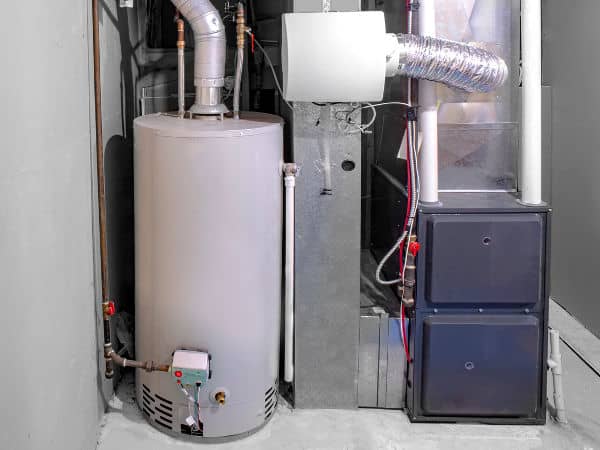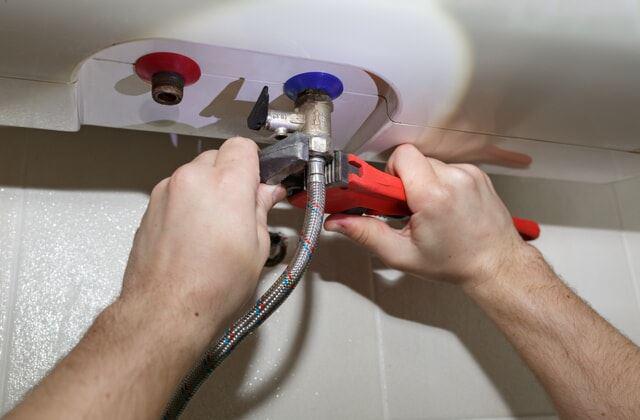What are your opinions on Tips For Maintaining Your Hot Water Heater?

Hot water is vital for day-to-day convenience, whether it's for a refreshing shower or washing meals. To guarantee your warm water system runs successfully and lasts much longer, regular maintenance is essential. This post gives practical suggestions and insights on how to maintain your home's hot water system to prevent interruptions and pricey fixings.
Intro
Maintaining your home's hot water system might seem difficult, yet with a couple of simple actions, you can ensure it operates smoothly for many years to find. This guide covers every little thing from comprehending your warm water system to DIY upkeep ideas and recognizing when to call in professional help.
Relevance of Keeping Your Hot Water System
Normal upkeep not just extends the life expectancy of your warm water system yet also guarantees it operates efficiently. Overlooking maintenance can result in reduced efficiency, higher energy expenses, and even premature failure of the system.
Signs Your Warm Water System Demands Upkeep
Recognizing when your warm water system requires interest can stop significant problems. Look out for indicators such as inconsistent water temperature level, weird noises from the heating unit, or rusty water.
Purging the Hot Water Heater
Flushing your hot water heater gets rid of debris accumulation, enhancing efficiency and lengthening its life.
Monitoring and Replacing Anode Rods
Anode poles avoid corrosion inside the container. Evaluating and replacing them when worn out is crucial.
Facility Concerns Needing Professional Aid
Examples consist of significant leaks, electric issues, or if your water heater is continually underperforming.
Routine Professional Maintenance Benefits
Professional upkeep can include detailed assessments, tune-ups, and guaranteeing conformity with security criteria.
Checking and Changing Temperature Settings
Changing the temperature setups ensures optimum performance and safety.
Do It Yourself Tips for Maintenance
You can do numerous maintenance jobs yourself to keep your hot water system in leading problem.
Checking for Leakages
On a regular basis examine pipes and links for leakages, as these can result in water damage and greater bills.
Recognizing Your Warm Water System
Prior to diving into maintenance tasks, it's helpful to comprehend the standard components of your warm water system. Commonly, this includes the water heater itself, pipelines, anode poles, and temperature controls.
Regular Monthly Upkeep Tasks
Normal monthly checks can assist capture small issues before they intensify.
Examining Stress Alleviation Valves
Testing the pressure relief valve guarantees it operates correctly and avoids too much pressure buildup.
Protecting Pipelines
Shielding warm water pipelines reduces heat loss and can save energy.
When to Call an Expert
While DIY upkeep is beneficial, some issues need expert proficiency.
Final thought
Routine upkeep of your home's warm water system is crucial for performance, longevity, and cost savings. By following these suggestions and understanding when to seek expert assistance, you can guarantee a trustworthy supply of hot water without unforeseen disturbances.
How to Maintain an Instant Hot Water Heater
Before tinkering with your hot water heater, make sure that it’s not powered on. You also have to turn off the main circuit breaker and shut off the main gas line to prevent accidents. Also turn off the water valves connected to your unit to prevent water from flowing into and out of the appliance. 2. When you’re done, you have to detach the purge valves’ caps. These look like the letter “T” and are situated on either side of the water valves. Doing so will release any pressure that has accumulated inside the valves while at the same time avoid hot water from shooting out and burning your skin. 3. When the purge valves’ caps are removed, you have to connect your hosing lines to the valves. Your unit should have come with three hoses but if it didn’t, you can purchase these things from any hardware or home repair shops. You can also get them from retail stores that sell water heating systems. Read the user’s manual and follow it to complete this task properly. When the hosing lines are connected, open the purge port’s valves. 4. You should never use harsh chemical cleaners or solutions when cleaning your unit. Make use of white vinegar instead. It should be undiluted and you’ll probably use about 2 gallons. 5. Now flush your water heater. This task should probably take about 40 minutes. We can’t give you specific directions for this because the procedure is carried out depending on the type, model and brand of your heater. With that being said, refer to the user’s manual. 6. When you’re done draining the unit, you have to turn off the purge port valves again. Remove the hosing lines that you earlier installed on each of the water valves. Put the valve caps (purge port) back in their respective places and be very careful so as not to damage the rubber discs that are found inside these caps. 7. Now that everything’s back in place, check your user’s manual again to find out how to reactivate your water heating system. 8. Once it is working, turn one of your hot water faucets on just to let air pass through the heater’s water supply pipes. Leave the tap on until water flows smoothly out of it. https://www.orrplumbing.com/blog/2014/september/how-to-maintain-an-instant-hot-water-heater/

As an avid reader about How to Maintain Your Water Heater & Prolong its Life, I was thinking sharing that excerpt was a smart idea. Enjoyed reading our entry? Please quickly share it. Help someone else find it. Thank-you for your time invested reading it.
Get A Free Estimate